The wildlife spotters, anglers and day trippers on coastal piers
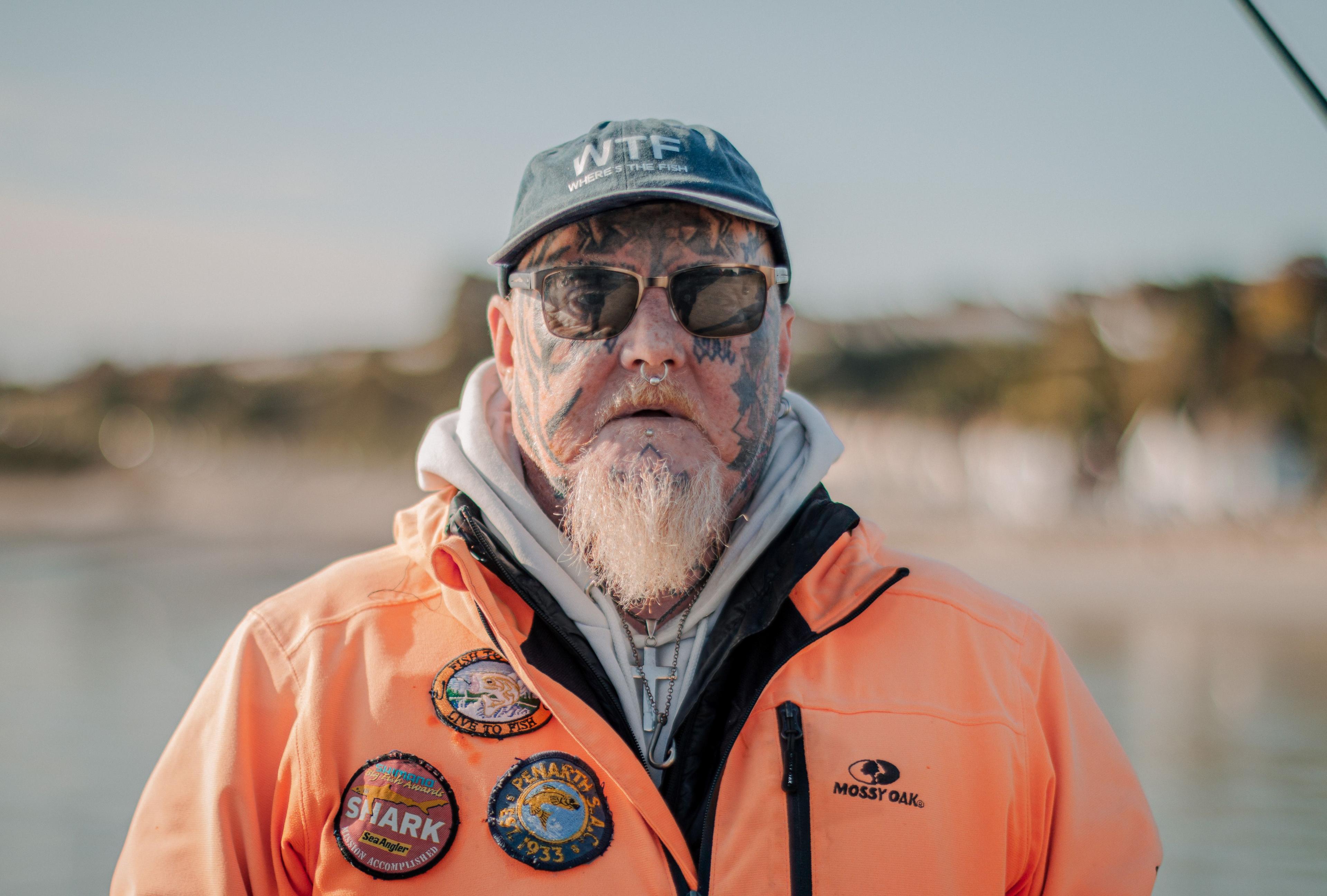
Jay Lewis travels from Pontypool to fish off Penarth pier
- Published
From wildlife spotters to anglers, day-trippers and cold dippers, Wales' piers are a hive of activity.
In mid Wales, Aberystwyth Royal Pier in Ceredigion attracts both amusement arcade enthusiasts and roosting starlings who draw crowds when they flock to create magnificent murmurations.
In the north, visitors to Bangor Garth Pier are drawn to its art gallery, craft shops and tearoom.
On a sunny day in October, angler Jay Lewis was enjoying the peaceful views over the Severn Estuary on Penarth Pier in the Vale of Glamorgan, south Wales.
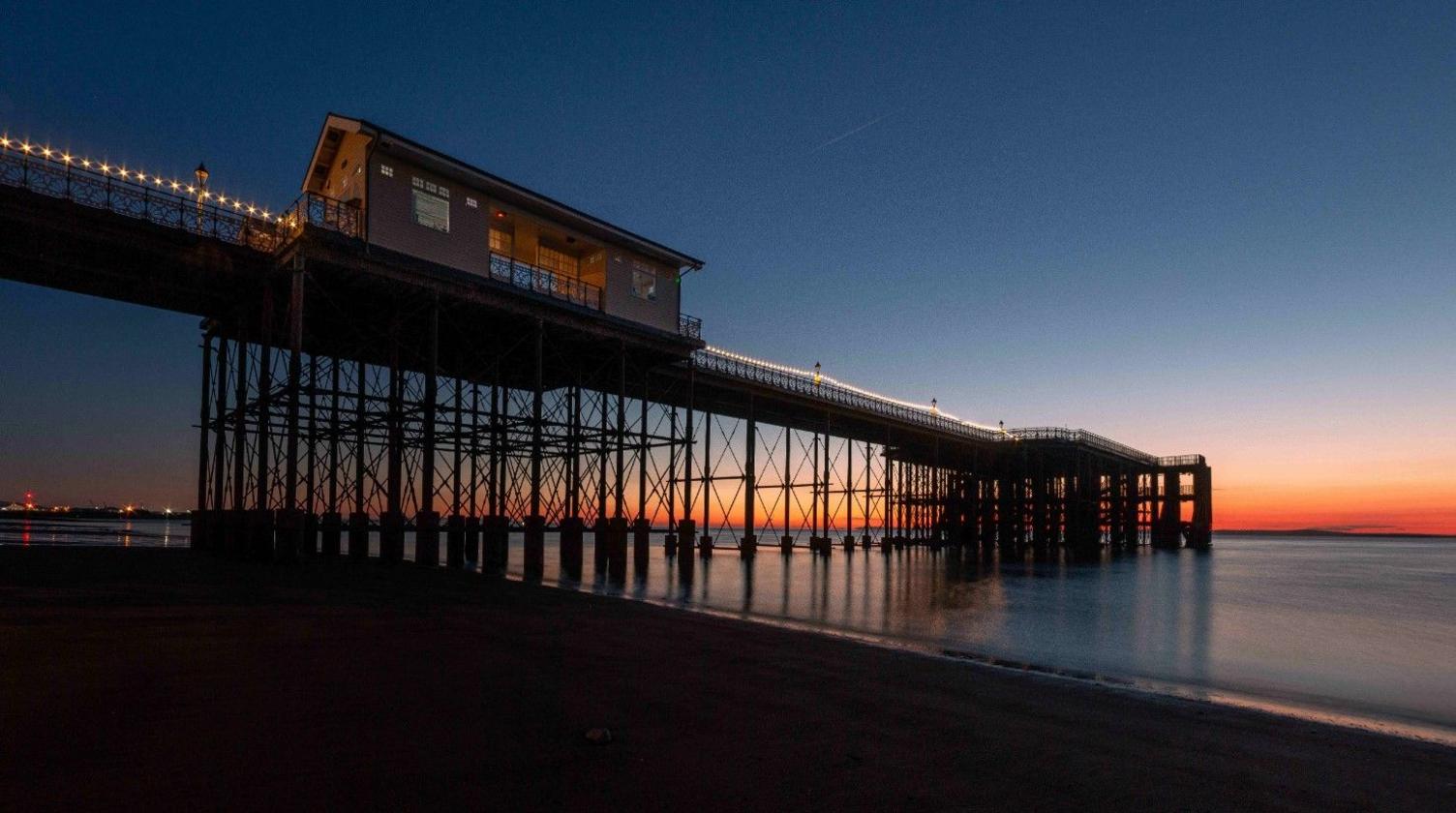
Visitors can enjoy the sunrise from Penarth's 117-year-old pier
The 55-year-old had travelled for close to an hour from his home in Pontypool, Torfaen, for the experience.
"I suffer with depression and it's the only thing that helps," he explained.
"It's just relaxing and you get plenty of time to think."
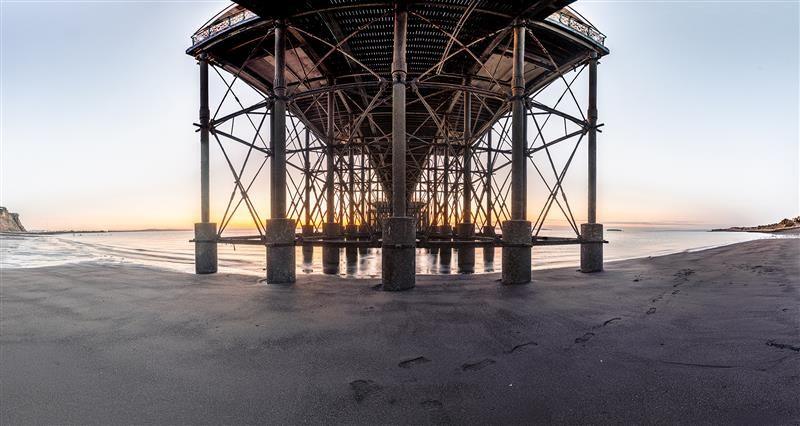
Under Penarth pier lies a beach which is popular with cold dippers
Jay, a member of Penarth Sea Angling Club, comes for the bass, cod, rays and eels, and also the social interaction.
"I enjoy people coming on to me to see what I’ve been catching," he said.
"And it’s easy fishing, you've got the toilets, you’ve got the shops and the views are lovely."
Penarth Pier, now 117 years old and instantly recognisable with its art deco styled pavilion building, permits fishing for nine months of the year.
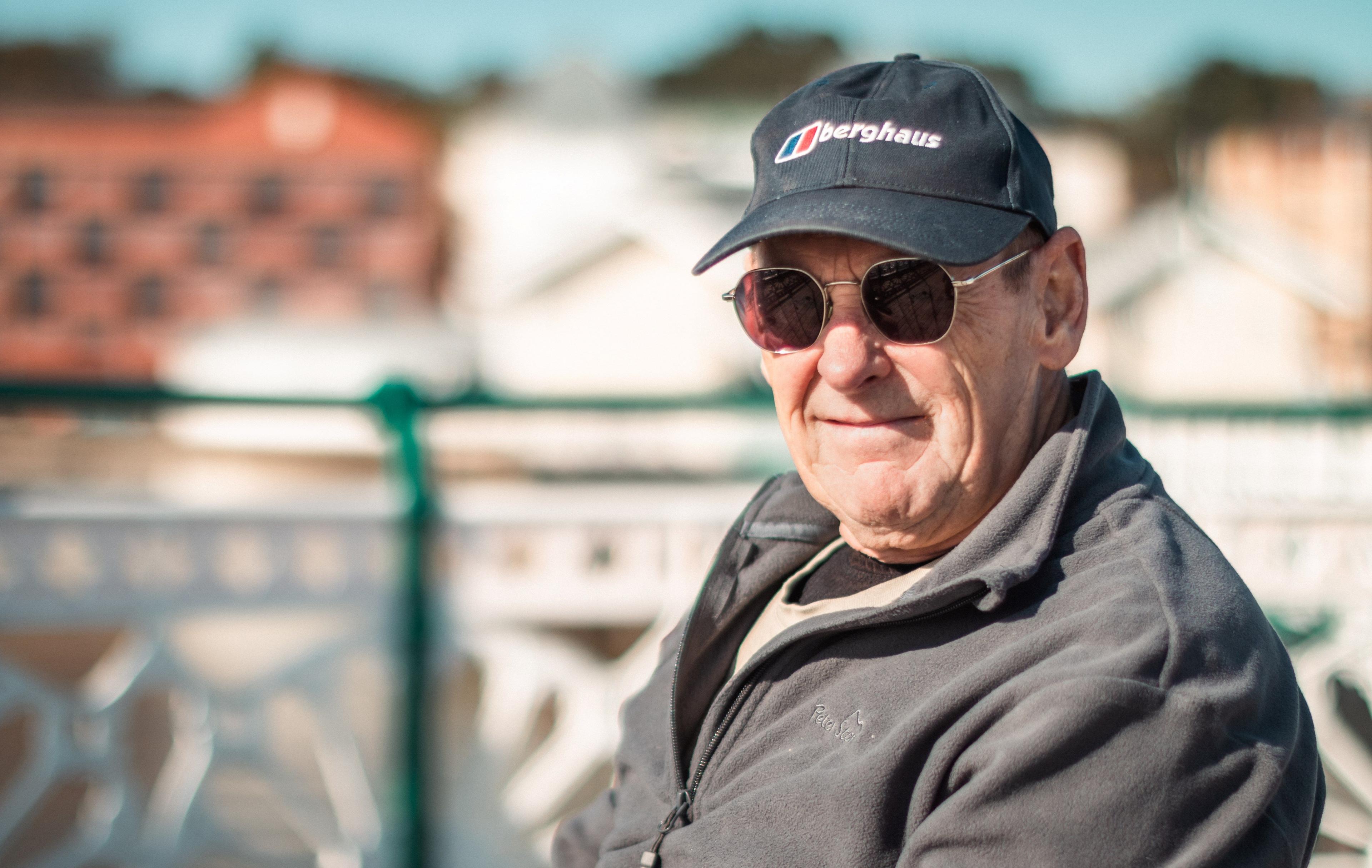
Penarth pier is one of John Atkinson's favourite spots to fish
John Atkinson, 69, from nearby Llandough, has been angling for 45 years and the pier is his regular spot.
"It takes your mind away from other things. You can just concentrate on the fishing and it takes away all your problems," he said.
"You strike up friendships with people where you’ve got something in common.
"I’ve met people from America, Canada, Australia, all over - tourists ask you what you're catching and you strike up conversation."
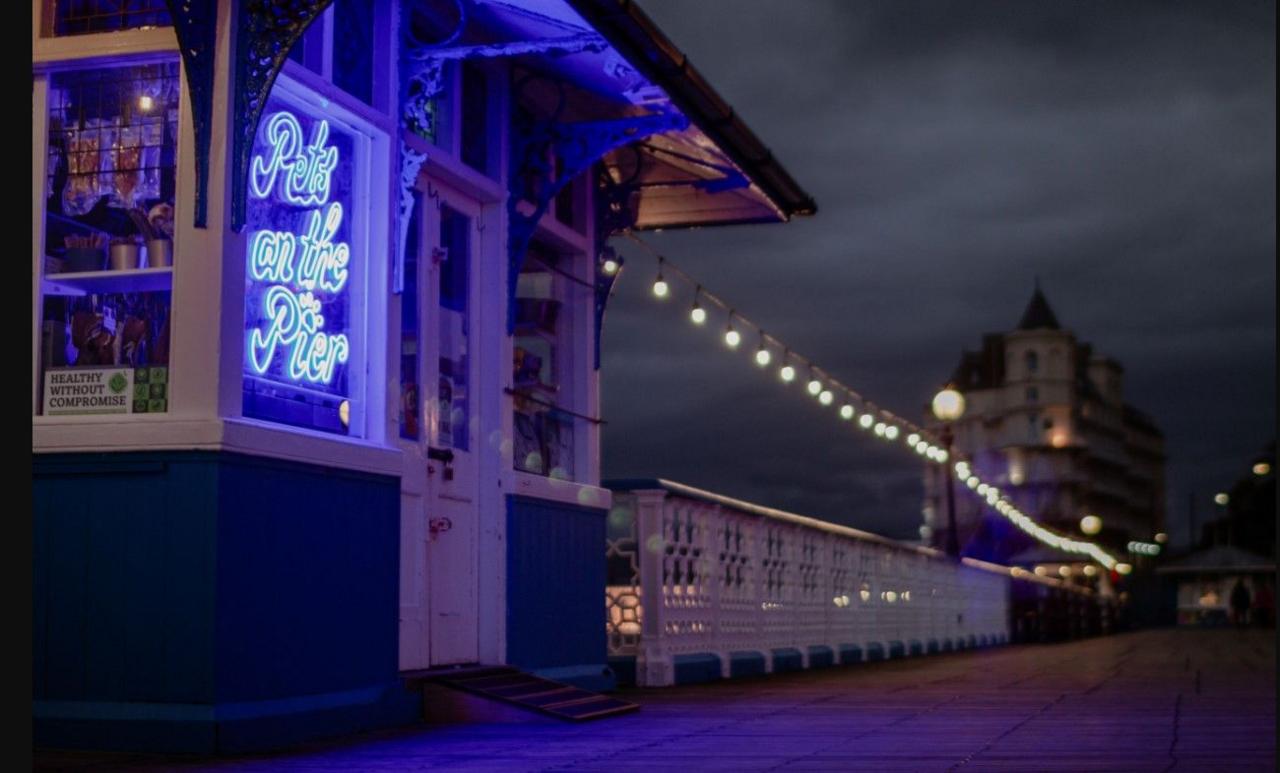
Wales' longest pier is in the coastal resort of Llandudno
Almost 200 miles (321 km) north of Penarth is Wales’ longest pier - Llandudno in the county of Conwy.
Originally 242 ft (72m) long on its opening day in 1858, it was extended in 1877 and now stands at 2,295ft (700m).
She spotted dolphin in Wales before her death - now it shares her name
- Published14 September 2024
Goats roam town centre despite removal plans
- Published5 July 2023
Photographer captures magic of island's puffins
- Published23 July 2022
The Grade II-listed structure won the National Piers Society, external pier of the year award in 2005.
Earlier this year, it was announced its fishing platform would be closed off for the foreseeable future following a number of incidents.
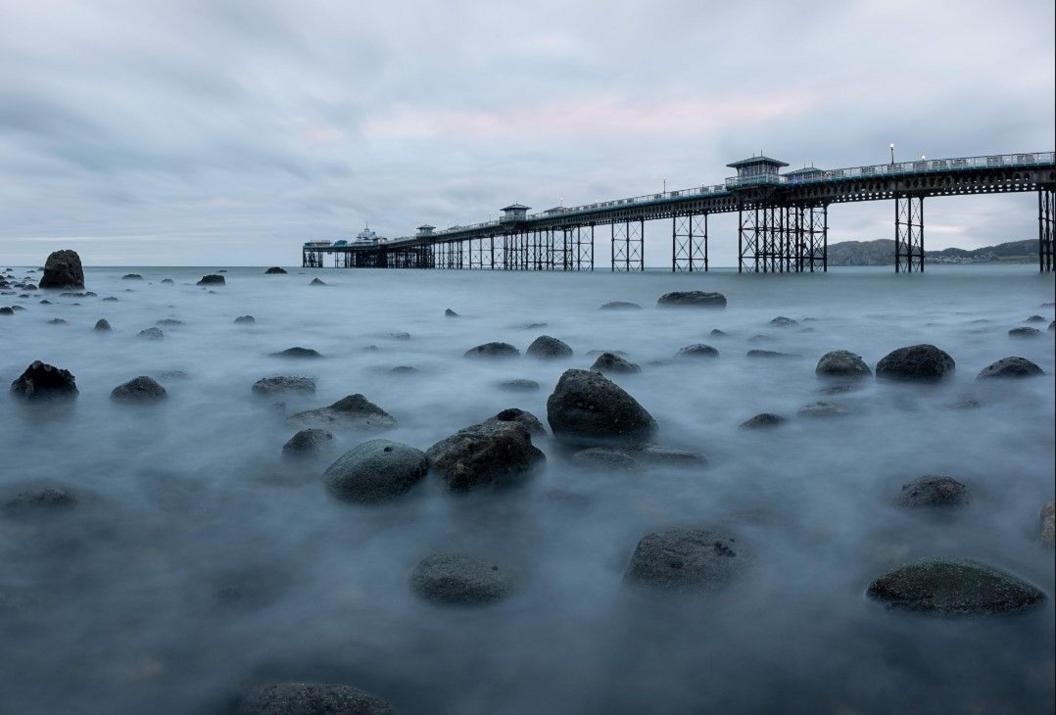
Grade II-listed Llandudno pier stretching into the Irish Sea
"The frequency in verbal abuse we’re receiving and constant damage to the gate is relentless," its general manager posted on social media, external.
"We wanted everyone to enjoy themselves and unfortunately the minority has ruined it for others."
The town made the headlines during the Covid pandemic when a herd of about 122 Kashmiri goats ventured from the Great Orme and took over the deserted town centre, eating hedges and flowers from gardens.
A line of Llandudno goats merchandise, including t-shirts and tote bags, quickly followed and has since raised thousands for the town's hospice.
Visitors to New Quay's pier in Ceredigion, mid Wales, can encounter an altogether different wildlife experience.
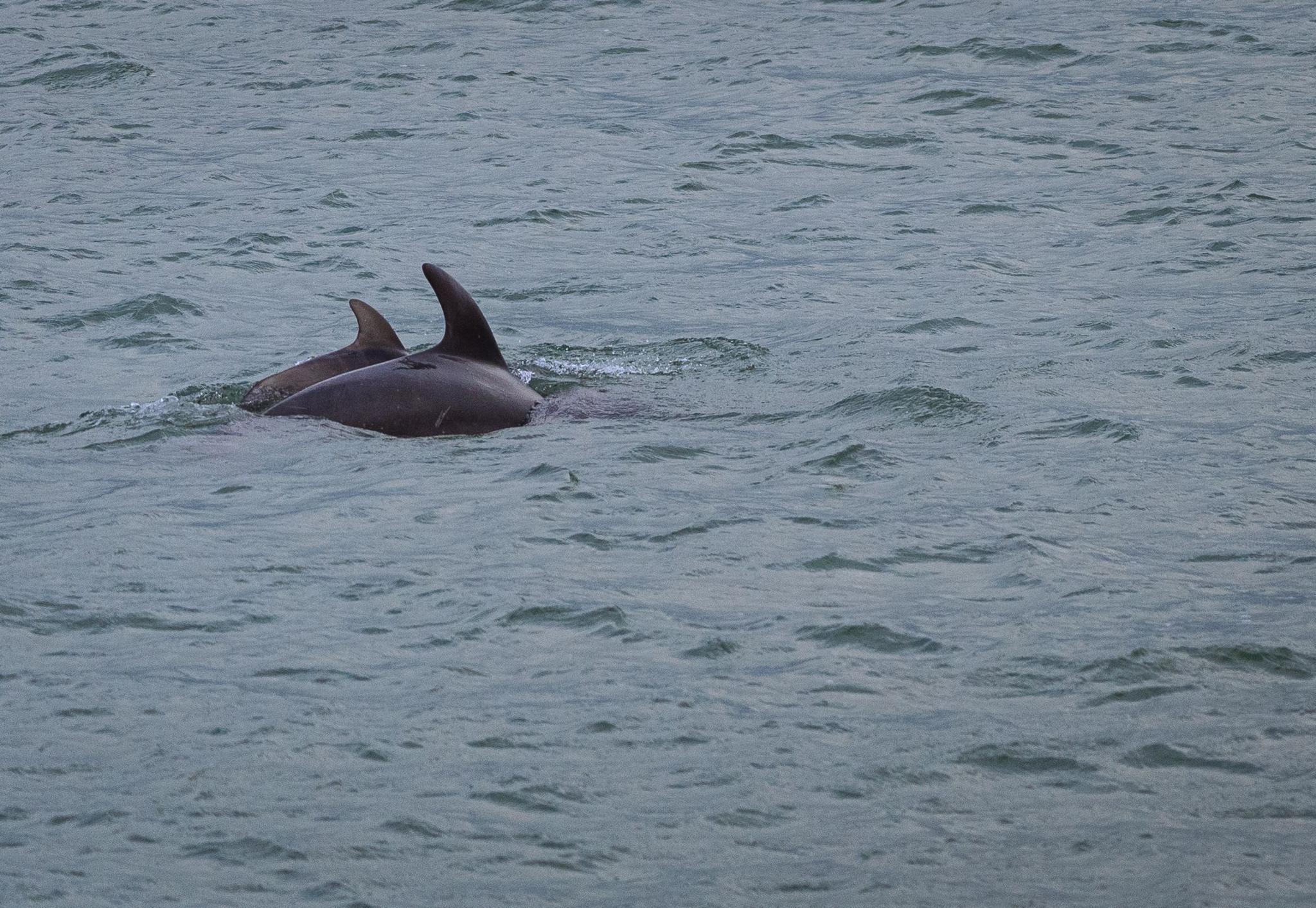
Cardigan Bay is home to about 200 dolphins
Marine life-spotting trips leave from the pier and head into Cardigan Bay, which is home to about 200 dolphins, the only semi-resident population of bottlenose dolphins in Wales, and the largest in the UK.
The bay is also home to harbour porpoise, Atlantic grey seals and a variety of bird life including razorbills and guillemots.
The stone pier was built in the 1830s and remains essential to industry in the seaside town.
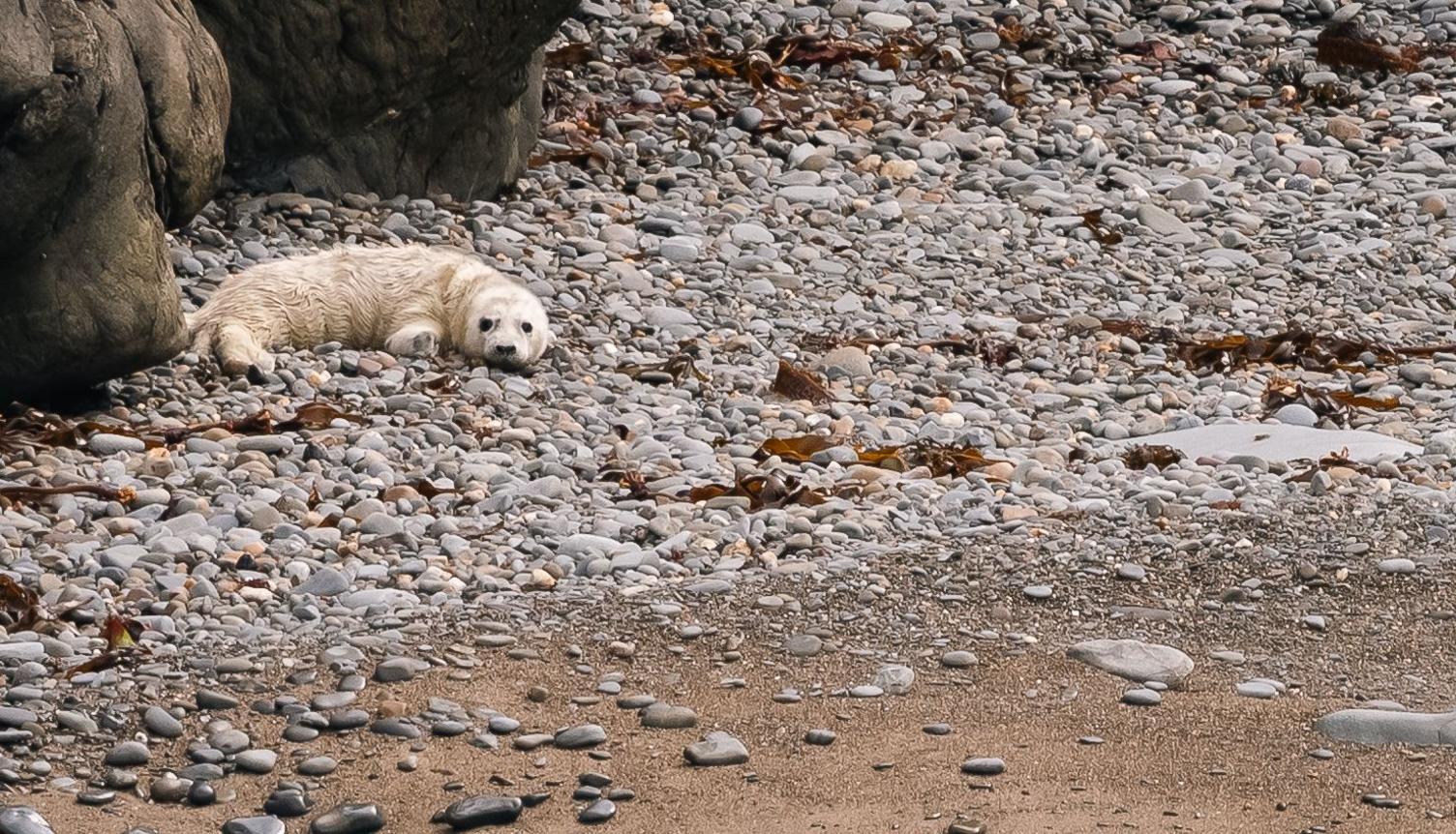
Boat-trippers can also spot seals from Cardigan Bay
"It is the main focus of the town," said skipper Jonathan Evans, who spends his days collecting visitors off the pier before dazzling them with the area's wildlife from his boat the Suncatcher.
After spending 19 years as a photographer in London he decided to move home to Wales to help his dad with family business.
“We are privileged to have wild dolphins here and that never gets old, every single day you see wild dolphins and its exciting," he said.
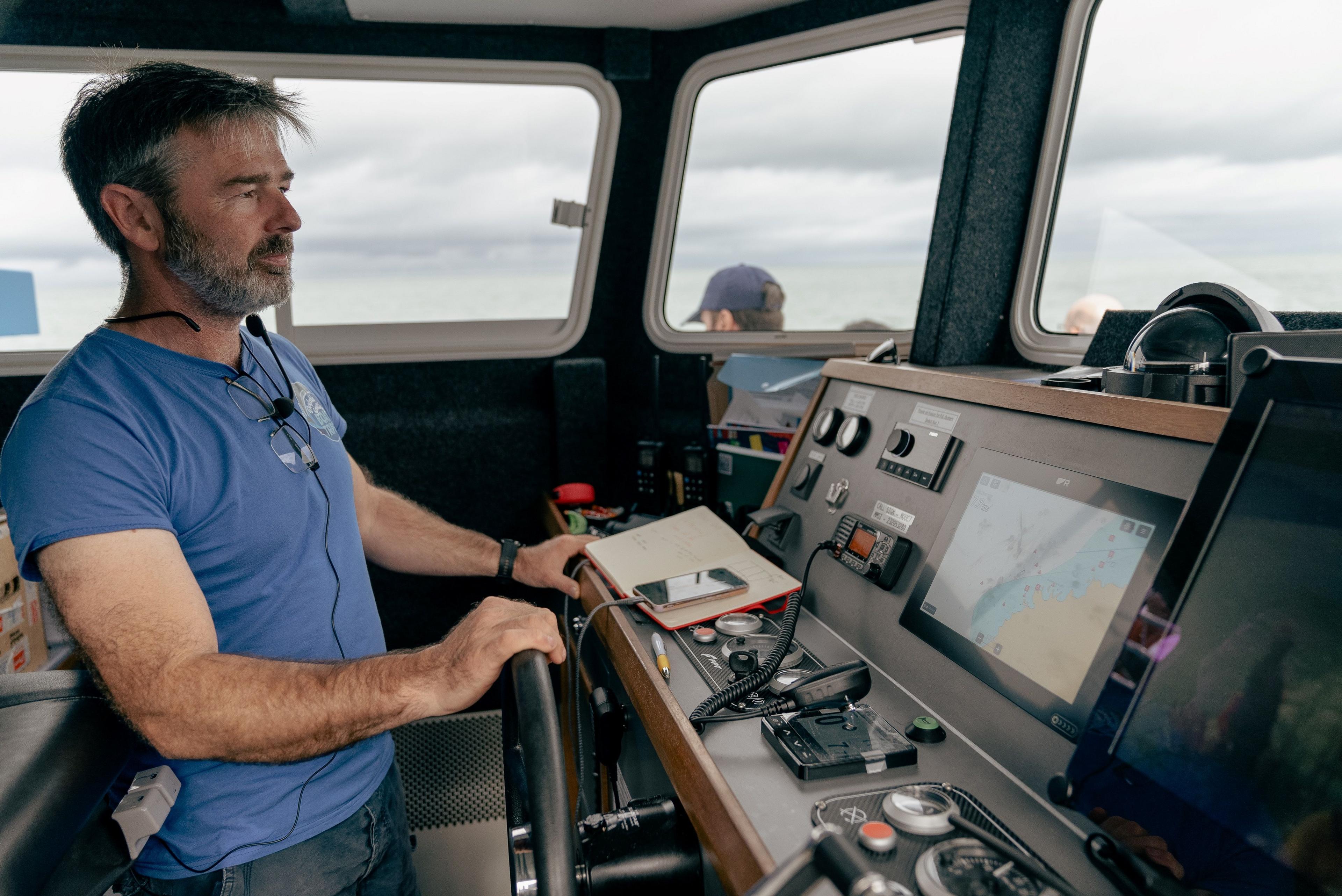
Jonathan Evans spends his days introducing visitors to the wildlife of Cardigan Bay
Suncatcher crew member Lauren Walthour, who has a degree in Marine Biology, said the structure of the pier created the perfect conditions for dolphins to feed.
"The pier juts out to sea and so when the tides come in and out it forces the fish around the very tip of it, kind of trapping them, and these dolphins will use those tides to get some easy pickings for a meal," she said.
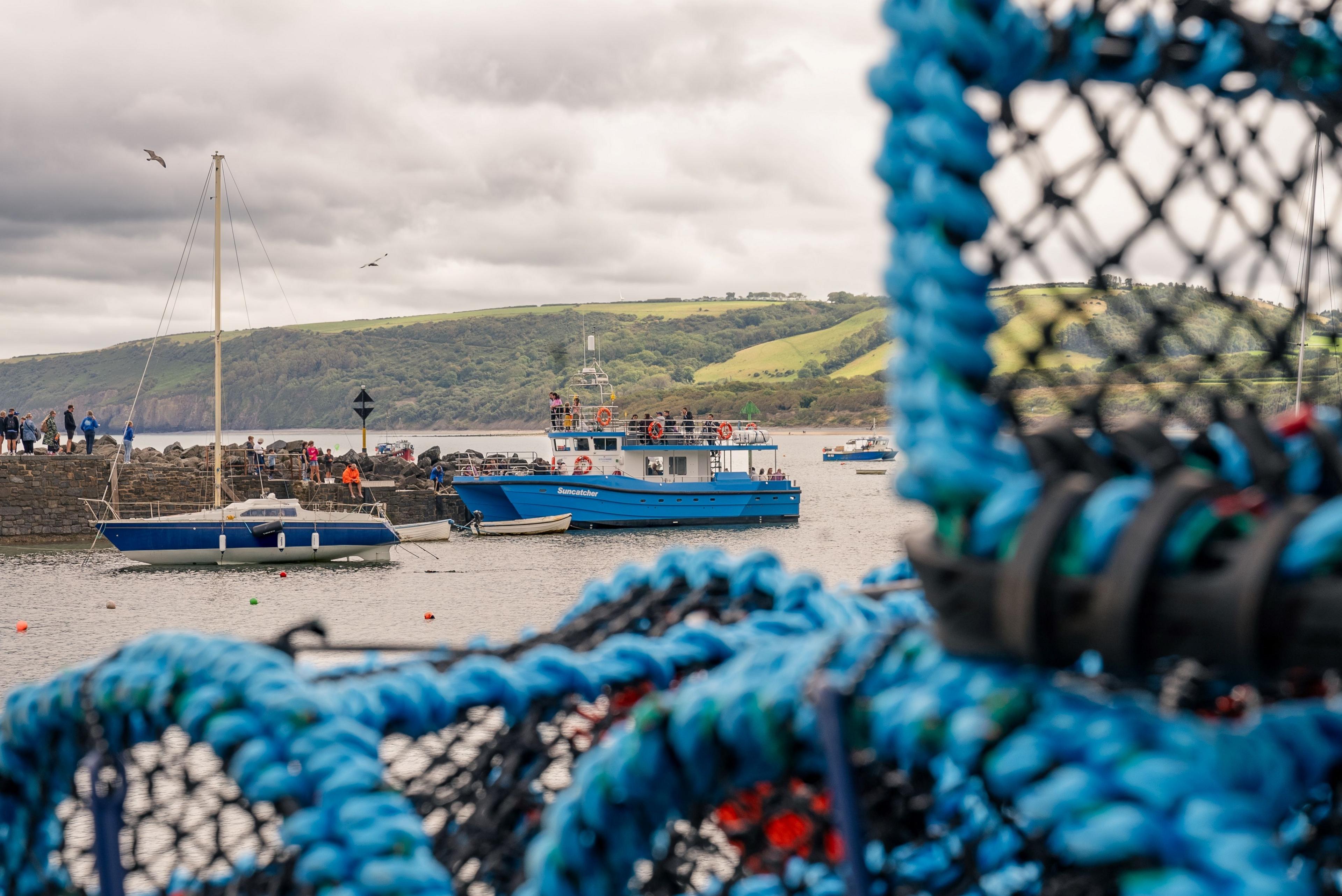
New Quay's stone pier was built in the 1830
She said it made the pier a "dolphin hot spot".
She said as Cardigan Bay was shallow, being about 60m at its deepest, it meant the dolphins had no predators, such as orcas or sharks.
"So these dolphins are top of the food chain and the apex predator so this is a really safe, shallow protected nursery for these mothers to raise their calves and that's why their population is currently thriving so well," she added.
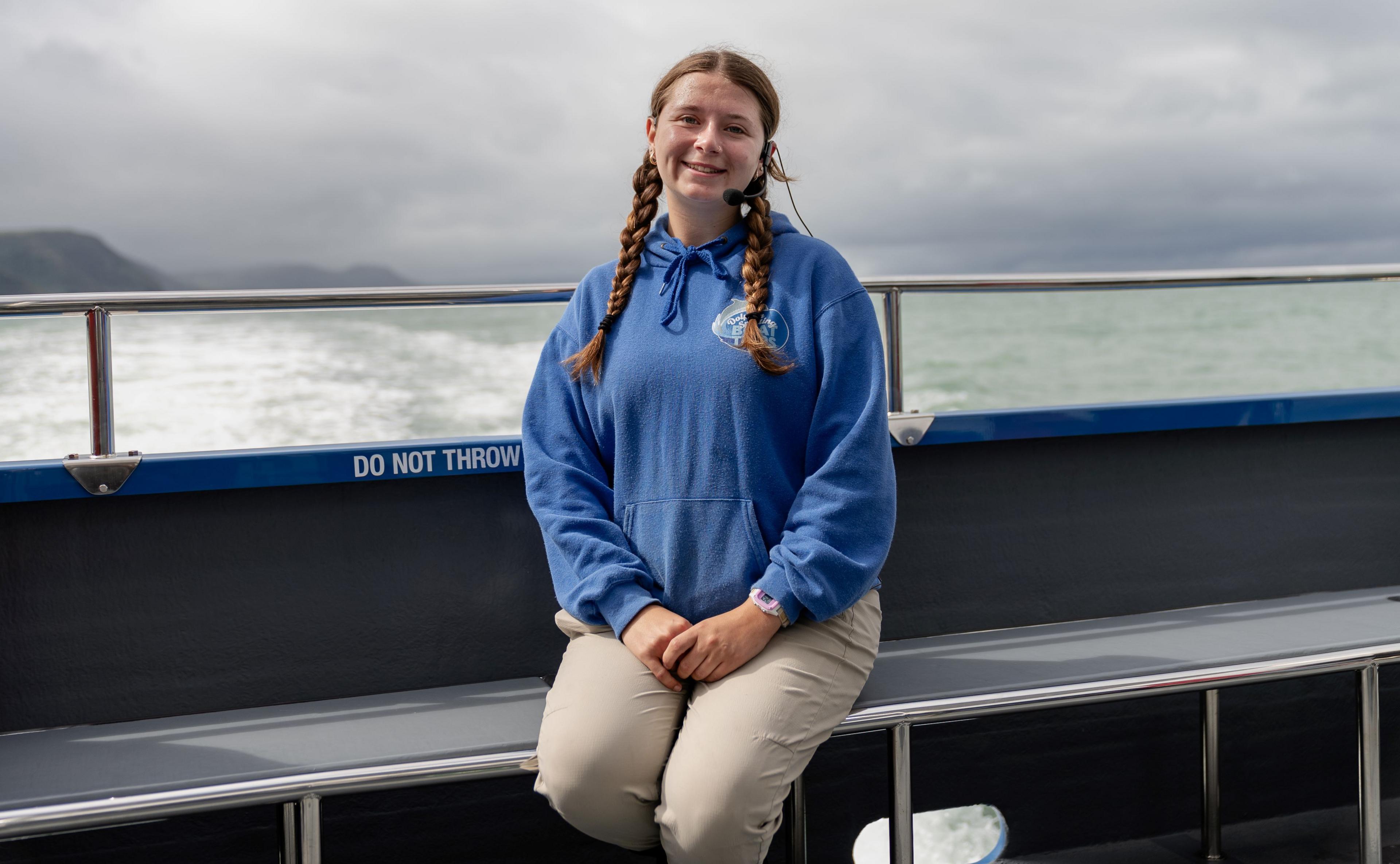
Lauren Walthour is passionate about teaching the public about marine life
She said everyone who visited was enamoured by the dolphins.
"They are just very charismatic, very playful, very social, very curious and very intelligent and that's why people love them," she said.
"Any encounter with them, whether its short or long, is always incredible."
Photography by Greg Davies